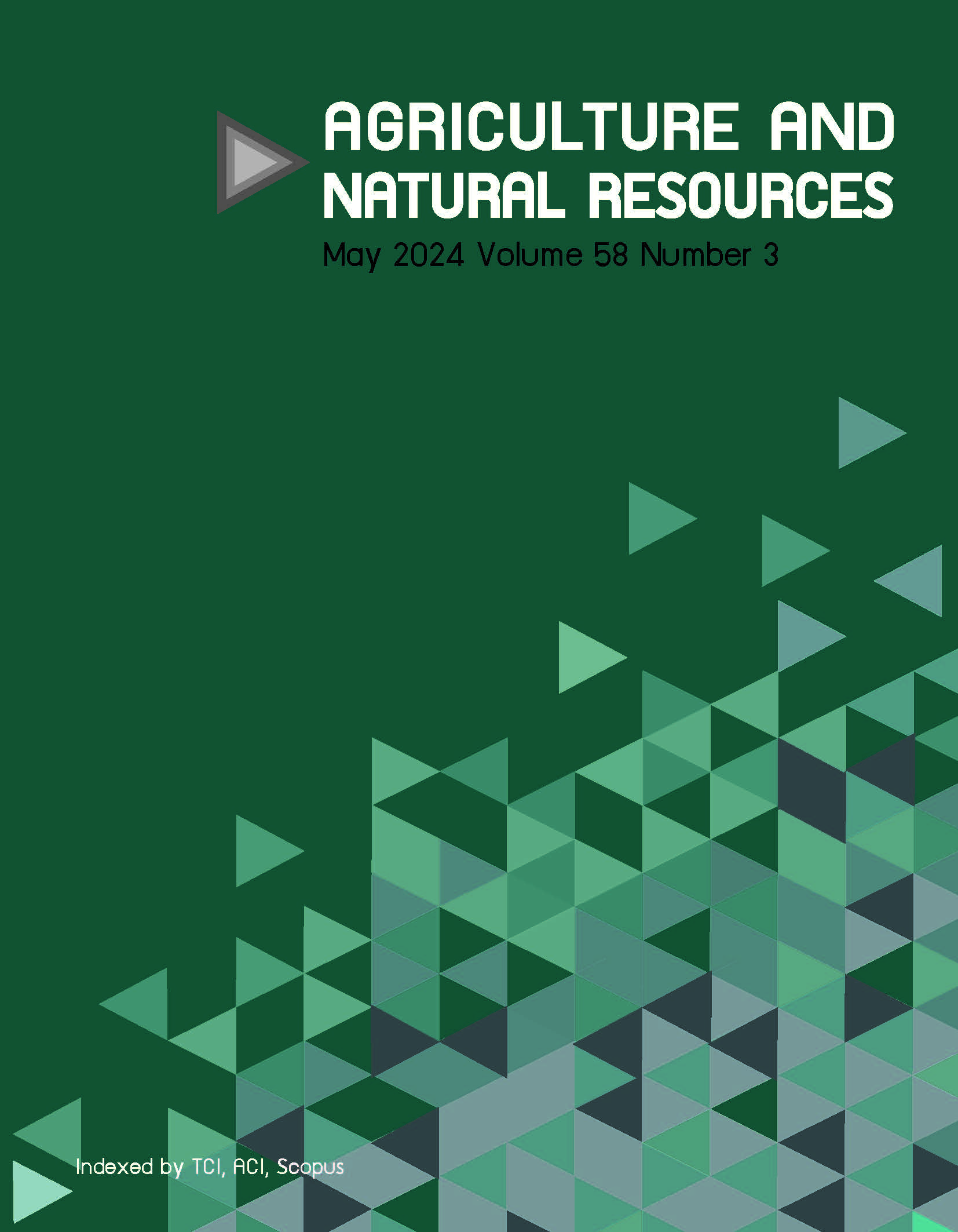Anatomical and histochemical responses of Senggani (Melastoma malabathricum L.) grown in different soil types
Keywords:
Organ structure, Secondary metabolites, Type of soilAbstract
Importance of the work: Senggani (Melastoma malabathricum L.) grows in various habitats and contains several secondary metabolites, offering several benefits. However, no published study has investigated the anatomical characteristics and distribution of secondary metabolites related to plant adaptation at the tissue level in Senggani grown in different soil types.
Objectives: To analyze anatomical characteristics and tissue distribution of secondary metabolites of Senggani grown in different soil types (Mediterranean, latosol and regosol).
Materials and Methods: Anatomical slide preparation was carried out using a paraffin embedding method, while a histochemical technique was used to observe the distribution of phenolics, terpenoids and alkaloids.
Results: The Mediterranean soil type produced the highest stem periderm thickness and leaf trichomes index, with the lowest epidermal thickness and number of stem xylem vessels. The latosol had the highest root cortex thickness, root xylem vessel diameter, sponge thickness and leaf xylem vessel diameter. Furthermore, plants grown on the regosol had the highest root stele diameter, stem xylem vessel number, stomatal size and leaf trichome density. Qualitatively, the Mediterranean and regosol soil types produced a higher distribution of phenolics, terpenoids and alkaloids compared to the latosol. The predominant site for secondary metabolites in roots was in the parenchyma of the phloem and xylem. In stems, these compounds were concentrated in xylem vessels and distributed in the trichomes, epidermis and mesophyll, as well as in the parenchymal cells of midribs and vascular tissues from leaves.
Main finding: M. malabathricum could grow in Mediterranean, latosol and regosol soils. Plants grown in the latosol soil had better anatomical characteristics but a reduced secondary metabolite distribution compared to the Mediterranean and regosol soils.
Downloads
Published
How to Cite
Issue
Section
License
Copyright (c) 2024 Kasetsart University

This work is licensed under a Creative Commons Attribution-NonCommercial-NoDerivatives 4.0 International License.
online 2452-316X print 2468-1458/Copyright © 2022. This is an open access article under the CC BY-NC-ND license (http://creativecommons.org/licenses/by-nc-nd/4.0/),
production and hosting by Kasetsart University of Research and Development Institute on behalf of Kasetsart University.







